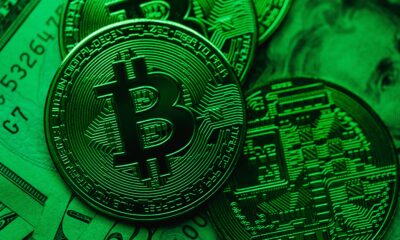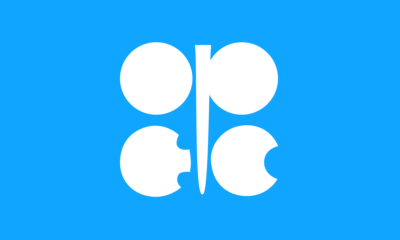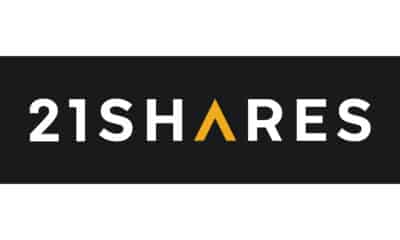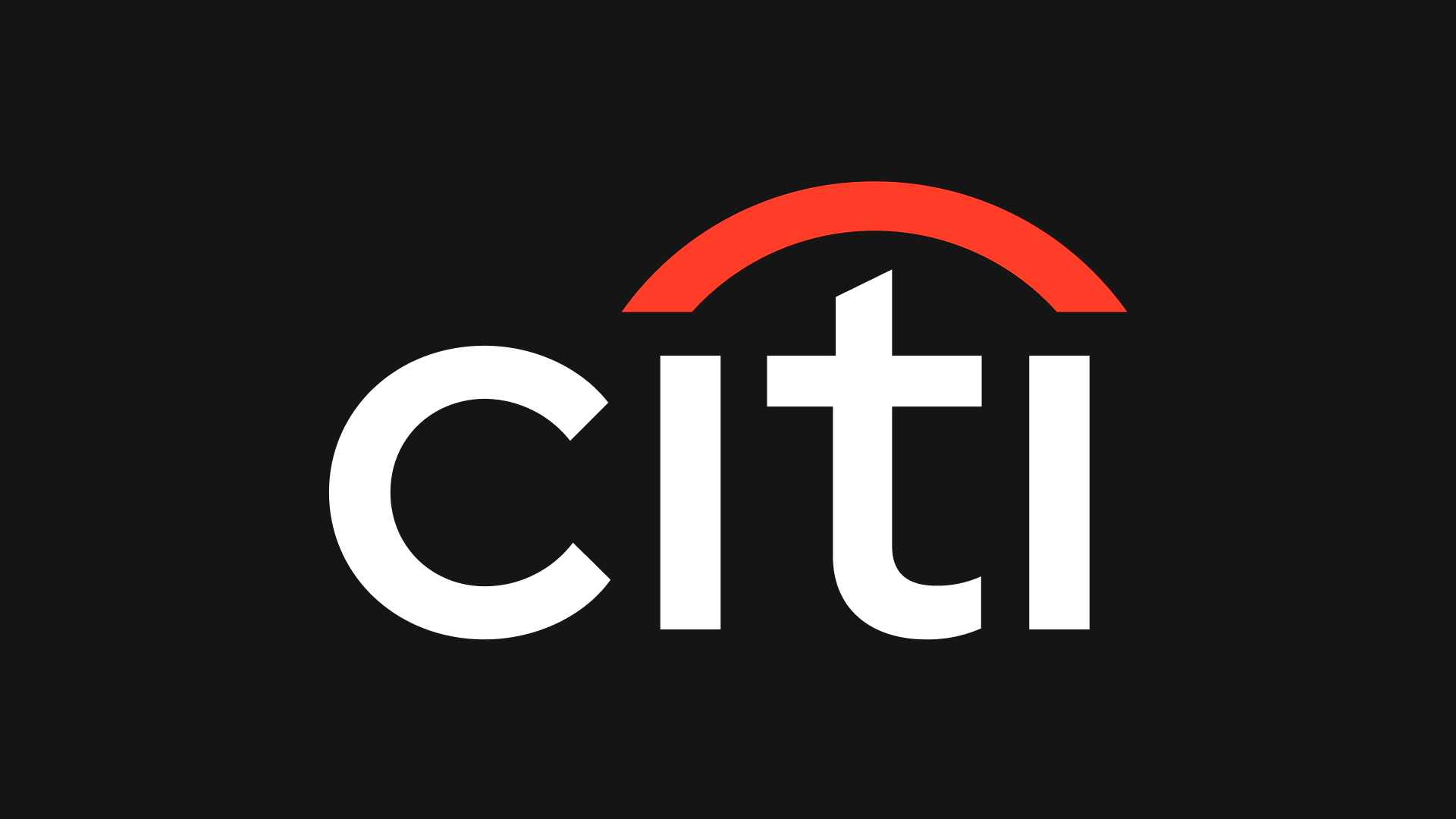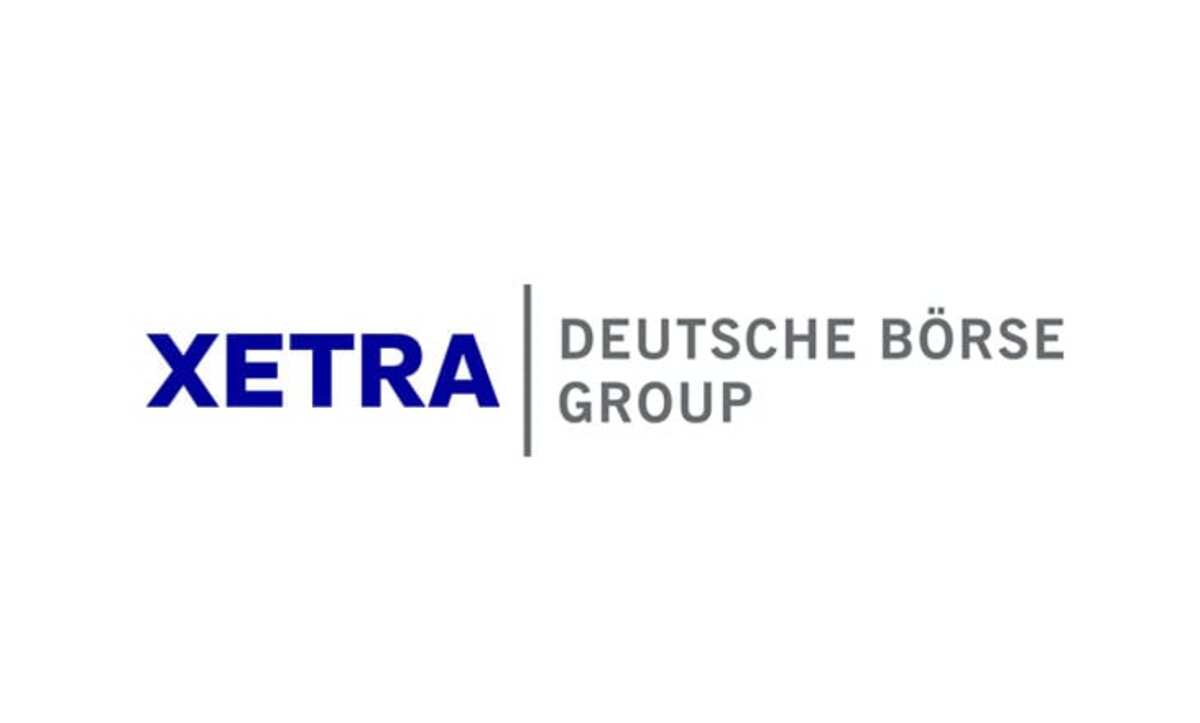ETF Securities Commodities Research: Oil rally has legs
Summary
- Market balance can be achieved in 2016 as demand grows and supply declines.
- Many OPEC members are likely to cut back on supply. Iran is unlikely to raise production to pre-sanction levels.
- To meet future demand for oil, prices will have to rise further.
Toward market balance
Brent has risen to above US$43/bbl from below US$28/bbl in January as investor optimism for oil has markedly improved. We believe the gains in price are sustainable and not just driven by speculative gains.
Based on IEA’s demand forecasts, we are likely to be in a global oil supply deficit by Q3 2016, even if we assume that supply does not fall from Q1 2016 levels.
Supply however has been declining from non-OPEC sources. A large part of the decline in production has come from the US where the lagged effects of cuts in oil rigs in 2014 and 2015 are substantially biting into supply. By December 2015 global oil CAPEX was declining at a rate of 32% year-on-year. Although some large projects – too far into development to reverse – are still coming on-stream in countries like Brazil and Russia, most non-OPEC producing countries should see declining production.
Will OPEC supply also decline?
While OPEC has failed to coordinate to freeze production, except for Iran, most of its members are already cutting back on production and we expect a continuation of this trend.
Iran seeks to bring its production back to pre-sanction levels (3.7 million barrels per day) and so has increased its output from 2.8 million barrels per day in Q1 2015 to 3.3 million barrels per day in Q1 2016. But we think that Iran will struggle to raise production further than 3.5 million barrels per day by 2017, as it would require a significant infrastructure build, which will be difficult to achieve while sanctions are only part-lifted and oil prices remain relatively weak.
Under the strain of low oil prices, OPEC countries have been cutting back on fiscal expenditure. The current account of the Gulf Governing Council and Algeria is expected to reverse from a comfortable surplus to a deficit of about 8% of GDP in 2016. We believe it will be very difficult for OPEC countries to invest in any additional capacity that would allow for a significant increase in oil production under such conditions.
By 2017 OPEC spare capacity is likely to fall to 1.57 million barrels per day, down from 3.98 million barrels in 2010. With reduced spare capacity, unplanned outages will be difficult to deal with without spike in prices. Unplanned outages in Saudi Arabia and Kuwait appear to have been increasing lately.
Electricity outagesi, hyperinflation and forced worker holidays could see oil outages pick up in Venezuela too.
In its “Vision 2030” plan, Saudi Arabia has articulated that it wants it economy to be less reliant on oil. If the country follows through with its plans, the country may not seek to expand production capacity as aggressively as it has done in the past.
Inventory concerns overstated
US crude oil inventories have risen strongly since the collapse in oil prices in November 2014. However, with production declining in the US, we believe that constraints on storage will be alleviated. Storage is likely to have reached 70-80%ii of capacity in the US, but with the ability to export US oil and the development of storage capacity in other countries, we believe the market concerns around storing oi in the US are overstated.
China in particular has been investing in building storage capacity. China built 200 million barrels in strategic petroleum reserves (SPR) between 2006 and 2016. According to the IEA, in 2016 alone they will build 110 mb of SPR (and a further 35 mb of commercial).
Meeting future demand
Current global oil demand is approximately 95 million barrels per day and we believe that it could rise to 98 million barrels by 2020. Only 80 million barrels of this can be met by currently producing fields. To unlock the remaining 18, oil prices will have to increase. The break-even for tight oil for example is estimated to be US$65/bbl.iii
i Venezuela is highly reliant on hydroelectricity and low water-levels have led to shut-ins.
ii The last data release for storage capacity was as of September 2015. Since then more capacity has been built, but we will only get EIA data on this at the end of May 2016 for March 2016.
iii The line in the chart represents the weighted average break-even oil price i.e. the Brent oil price at which net-present value is zero using a real discount rate of 7.5%. The bands around the break-even represent the 60% confidence interval. Producing fields have a low break-even due to CAPEX already sunk and cheap Middle East oil.
Important Information
General
This communication has been issued and approved for the purpose of section 21 of the Financial Services and Markets Act 2000 by ETF Securities (UK) Limited (“ETFS UK”) which is authorised and regulated by the United Kingdom Financial Conduct Authority (the “FCA”).
The information contained in this communication is for your general information only and is neither an offer for sale nor a solicitation of an offer to buy securities. This communication should not be used as the basis for any investment decision. Historical performance is not an indication of future performance and any investments may go down in value.
This document is not, and under no circumstances is to be construed as, an advertisement or any other step in furtherance of a public offering of shares or securities in the United States or any province or territory thereof. Neither this document nor any copy hereof should be taken, transmitted or distributed (directly or indirectly) into the United States.

 Nyheter2 veckor sedan
Nyheter2 veckor sedan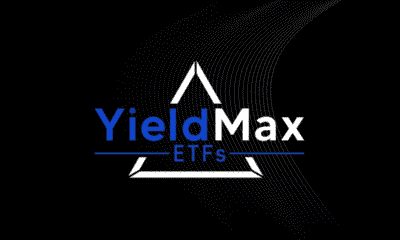
 Nyheter3 veckor sedan
Nyheter3 veckor sedan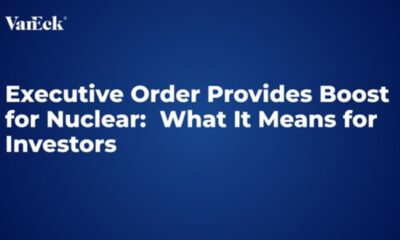
 Nyheter3 veckor sedan
Nyheter3 veckor sedan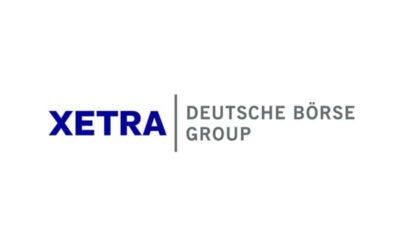
 Nyheter4 veckor sedan
Nyheter4 veckor sedan
 Nyheter3 veckor sedan
Nyheter3 veckor sedan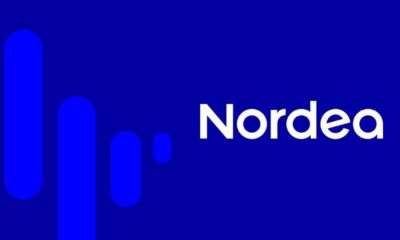
 Nyheter2 veckor sedan
Nyheter2 veckor sedan
 Nyheter2 veckor sedan
Nyheter2 veckor sedan
 Nyheter4 veckor sedan
Nyheter4 veckor sedan










